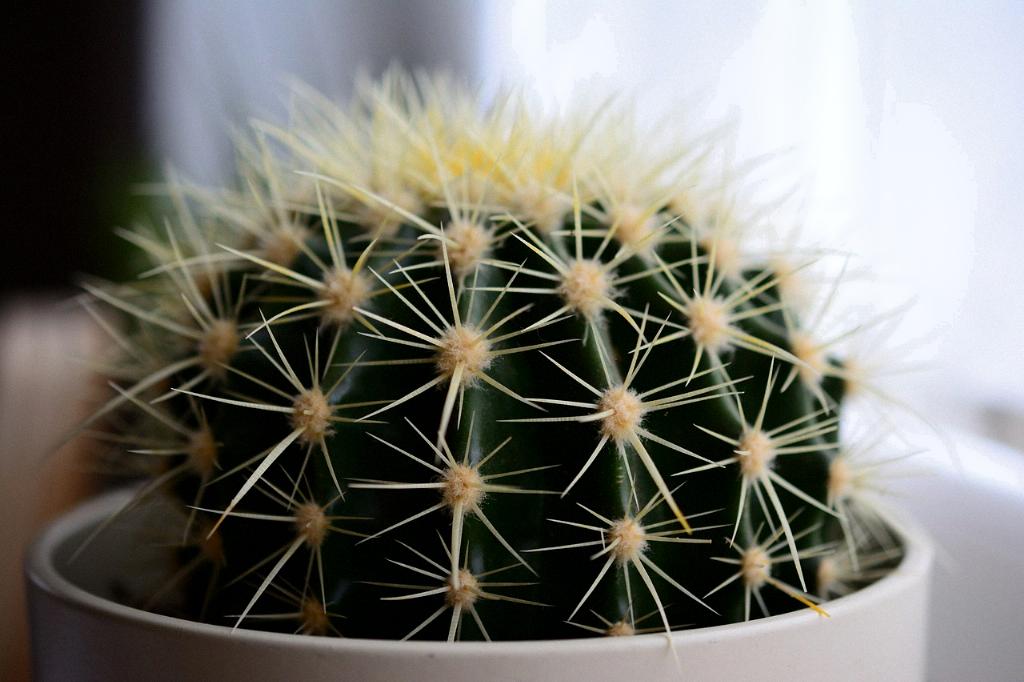When it comes to caring for your cactus, knowing when to repot it is crucial to ensure its continued growth and health. One key indicator that it’s time to repot your cactus is when the roots start to peek through the drainage holes at the bottom of its existing pot. This is a sign that your cactus has outgrown its current container and needs more space to continue thriving.
As a general rule of thumb, fast-growing cactus species should be repotted every two to three years to provide them with fresh soil and room for their roots to expand. On the other hand, slow-growing cacti can be repotted every three to four years as they don’t require repotting as frequently. By following these guidelines, you can ensure that your cactus has the optimal environment to grow and flourish.
Repotting your cactus not only allows it to have more space to grow but also gives you the opportunity to refresh its soil. Over time, the soil in the pot can become compacted and depleted of nutrients, hindering your cactus’s growth. By repotting your cactus, you can provide it with fresh, well-draining soil that will support its root system and promote healthy growth.
When choosing a new pot for your cactus, opt for one that is slightly larger than its current container to allow room for growth. Ensure that the new pot has proper drainage holes to prevent waterlogging, which can lead to root rot. When repotting your cactus, gently loosen the roots and remove any dead or rotting ones to encourage new growth and prevent disease.
Before repotting your cactus, it’s essential to choose the right time of year to do so. Spring and early summer are generally the best times to repot cacti, as this is when they are actively growing and will quickly adjust to their new environment. Avoid repotting your cactus during its dormant period in winter, as this can cause unnecessary stress.
When repotting your cactus, handle it with care to avoid damaging its spines or flesh. Use protective gloves and tools, such as tongs or chopsticks, to gently lift the cactus out of its pot and place it into the new container. Ensure that the cactus is positioned at the same depth in the soil as it was in its previous pot to prevent issues with stability and irrigation.
After repotting your cactus, allow it some time to adjust to its new surroundings before resuming its regular watering and care routine. Monitor the cactus closely for the first few weeks to ensure that it is adjusting well to its new pot and soil. Avoid overwatering your cactus during this time, as it may be more susceptible to root rot while acclimating.
Regularly inspect your cactus for signs of stress or disease after repotting, such as wilting, yellowing, or pest infestations. Address any issues promptly to prevent them from escalating and affecting the overall health of your cactus. By staying vigilant and attentive to your cactus’s needs, you can ensure that it thrives in its new pot and continues to bring you joy for years to come.
In conclusion, knowing when to repot your cactus is essential for maintaining its health and promoting growth. By keeping an eye out for signs that it has outgrown its current container and following guidelines for repotting frequency, you can provide your cactus with the best possible environment to thrive. Remember to handle your cactus with care during the repotting process and monitor it closely afterward to ensure a smooth transition and continued well-being.

